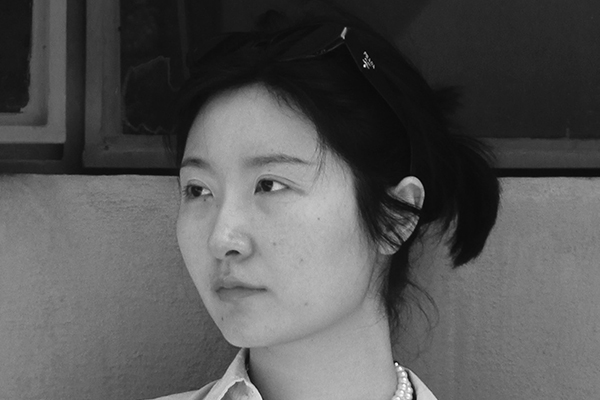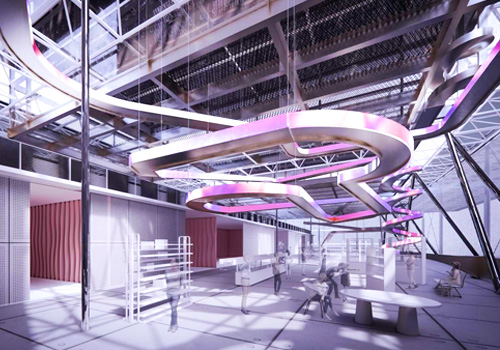
Interview
Rubo Sun
1 Congratulations on winning the MUSE Design Awards! Can you introduce yourself and share about what inspired you to pursue design as a career?
Thank you! My name is Rubo Sun, and I’m an architectural and interior designer based in New York City. With a background in urban planning, I’ve always been fascinated by how design shapes not just the physical fabric of cities, but also the subtle rhythms of daily life. That curiosity led me to pursue architecture and interiors as a way to create meaningful spaces—spaces that respond to both visible and invisible needs and quietly elevate how people experience the world around them.
2 What does being recognized in the MUSE Design Awards mean to you?
It’s a meaningful affirmation that conceptual work—whether it’s rethinking typologies or experimenting with materials—has a place in the larger design conversation. It encourages me to keep exploring ideas that challenge convention and expand what architecture can be.
3 How has this achievement impacted your career, team, or agency, and what opportunities has it brought so far?
It’s opened up new conversations with peers, collaborators, and even clients who are more receptive to experimental work. It’s also brought a renewed sense of confidence—not just personally, but across my design team—to keep pushing boundaries and thinking outside the box.
4 What role does experimentation play in your creative process? Can you share an example?
Experimentation is essential to me. I often combine unexpected materials or components, sometimes intentionally mismatched, just to observe the clash. That friction often reveals surprising relationships and leads to solutions that feel alive, not just composed. It’s in those moments of unpredictability that new design directions emerge.
5 What's the most unusual source of inspiration you've ever drawn from for a project?
I like reading. I often find inspiration in small, easily overlooked details from history, culture, or social systems—things that aren’t usually seen as “design material.” Sometimes it’s a ritual, a forgotten object, or a societal pattern that sparks a concept. These serve as lenses for my design process, and it’s deeply satisfying when the fragments come together with their own subtle logic.
6 What’s one thing you wish more people understood about the design process?
Design is a tangible, time-intensive process, and its outcomes can be infinite. I think a good process is about recognizing when the design is ready to face the world as it is.
7 How do you navigate the balance between meeting client expectations and staying true to your ideas?
When I’m designing for a specific client, I’m very aware of the boundaries, and their needs come first. When I’m the client, though, I stay true to my concepts and design freely. That distinction helps me stay grounded and respectful of the context I’m working within.
8 What were the challenges you faced while working on your award-winning design, and how did you overcome them?
The challenge was finding the balance between boldness and practicality. I overcame it by trusting the process and allowing the design to evolve organically.
9 How do you recharge your creativity when you hit a creative block?
I step away and shift my focus by reading, walking, or observing things unrelated to design. I trust that ideas will return when I give them space.
10 What personal values or experiences do you infuse into your designs?
I believe design is about revealing what people didn’t know they needed.
11 What is an advice that you would you give to aspiring designers aiming for success?
Don’t be afraid to feel unsure about your design, because uncertainty is often a sign that you’re exploring something original. If you feel too certain, it may mean the idea has already been done or tested before.
12 If you could collaborate with any designer, past or present, who would it be and why?
Lina Bo Bardi is an architect I admire. I love how her work is grounded in social purpose and deeply connected to place and people, while still bringing her own strong aesthetic voice. Her ability to balance cultural sensitivity with personal expression is something I find both rare and inspiring.
13 What's one question you wish people would ask you about your work, and what's your answer?
The question I hope to hear is, “Are you satisfied with your work?” and my answer would be, “Not yet, but I will be.”

